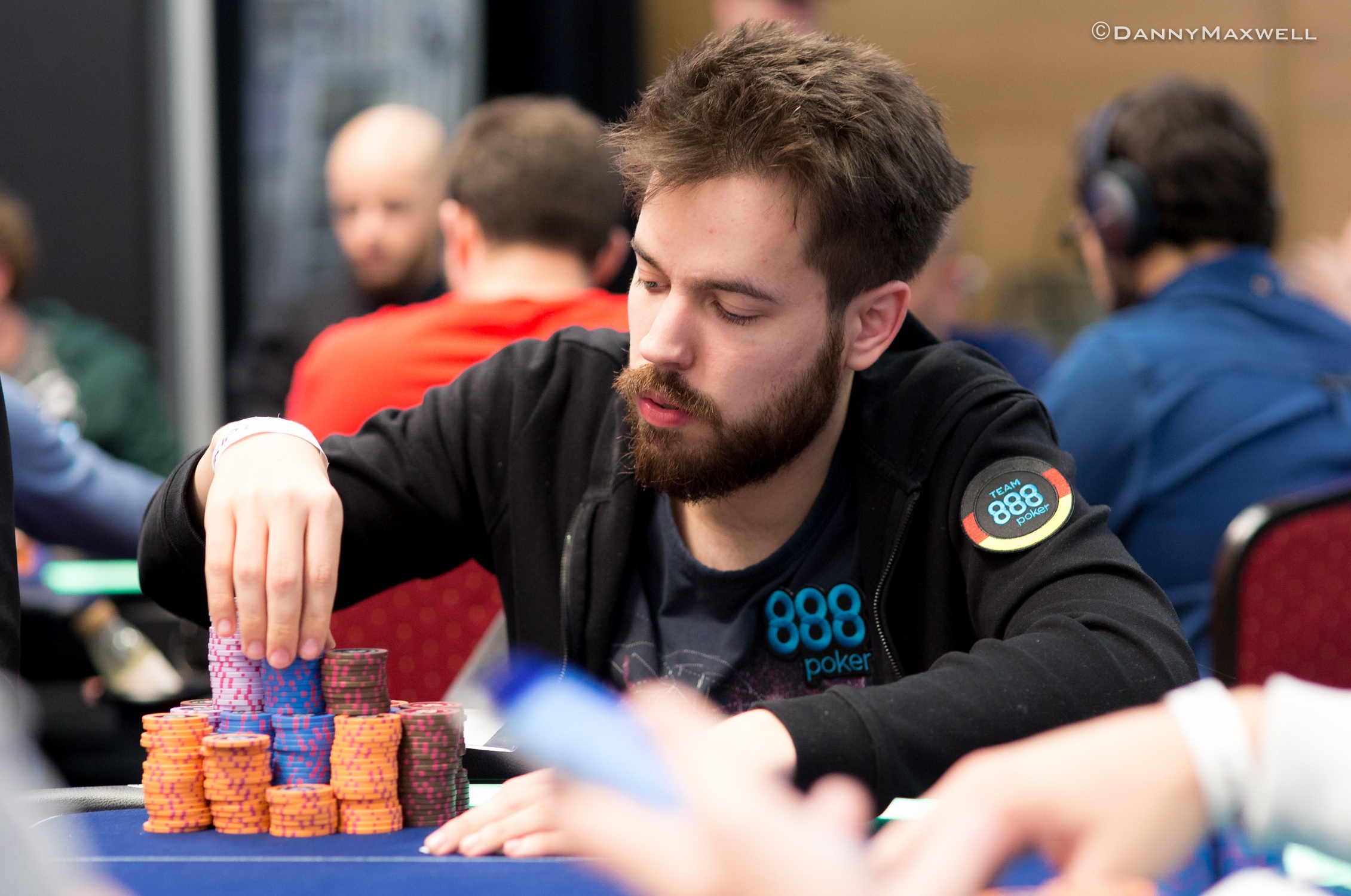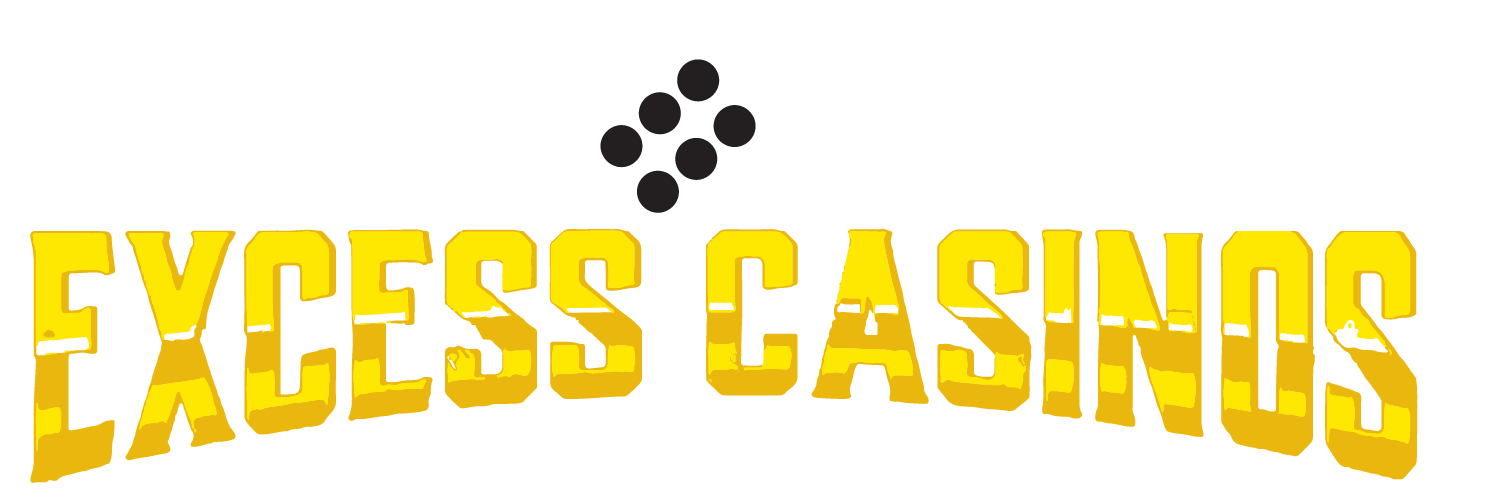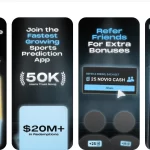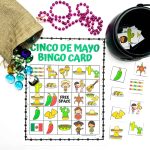
Poker isn’t a one-size-fits-all game. The strategies that crush a full-ring table might leave you bleeding chips in fast-fold or short-handed formats. The pace, the aggression, the sheer number of hands—it all changes. Here’s how to adapt.
Fast-Fold Poker: Speed Changes Everything
Fast-fold poker (think Zoom or Blitz) is like playing on espresso. Hands fly by, and patience isn’t just a virtue—it’s often a liability. You’re up against players who’ll fold 80% of their hands preflop, then suddenly shove with 7-2 offsuit. Wild, right?
Key Adjustments for Fast-Fold
- Tighten up… but not too much. You’ll see more hands per hour, so premium holdings lose some value. Play more suited connectors and small pairs—they thrive in chaotic pots.
- Steal relentlessly. Fold equity is king. If the table’s folding 70% of the time, raise first in with any two decent cards.
- Bluff less post-flop. Players call wider because, well, they’re bored. Save your fancy moves for spots where you’ve got a read.
Honestly, fast-fold rewards aggression more than any other format. If you’re not uncomfortable with how often you’re raising, you’re probably not raising enough.
Short-Handed Poker: The Art of Controlled Chaos
Six-max or heads-up? Forget tight-passive play. Short-handed games are a knife fight in a phone booth. Every decision matters more, and the blinds come around like a recurring nightmare.
Winning Tactics for Short-Handed Play
- Loosen your opening range. In 6-max, A-9 suited is strong. Heads-up? That’s practically aces.
- 3-bet like you mean it. Re-stealing is essential. If someone opens 25% of hands, 3-bet them with 15%—and make it count.
- Adjust to opponents’ fatigue. Short-handed players tilt faster. Exploit their frustration by over-folding when they’re steaming.
Here’s the deal: short-handed poker isn’t about waiting for monsters. It’s about pressure, timing, and knowing when to bend the rules.
Common Mistakes (And How to Fix Them)
Even seasoned players blunder in these formats. Let’s break down the big ones:
| Mistake | Fix |
| Playing too tight in fast-fold | Add 10% more hands to your opening range |
| Ignoring position in short-handed | Open 2.5x from the CO, 3x from the BTN |
| Overvaluing weak aces | Fold A-5 to a 3-bet unless stacks are deep |
See that last one? Yeah, weak aces are trap hands. They feel strong… until you’re stacked by A-K.
Mental Game: Surviving the Grind
Fast-fold and short-handed games test your stamina. The swings are brutal, and tilt lurks around every corner. A few survival tips:
- Set session limits. Two hours of fast-fold equals four hours of regular play, mentally.
- Use the “walk away” rule. Lost three buy-ins? Take a break. Seriously.
- Track your leaks. These formats expose weaknesses fast—leak-tracking software helps.
In fact, the best players aren’t always the most skilled. They’re the ones who know when to quit.
Final Thoughts: Adapt or Die
Poker evolves. The strategies that worked in 2010 won’t cut it today—especially in fast-fold or short-handed games. The players who thrive are the ones who treat poker like a living thing, shifting tactics as the game demands.
So… are you ready to bend?












